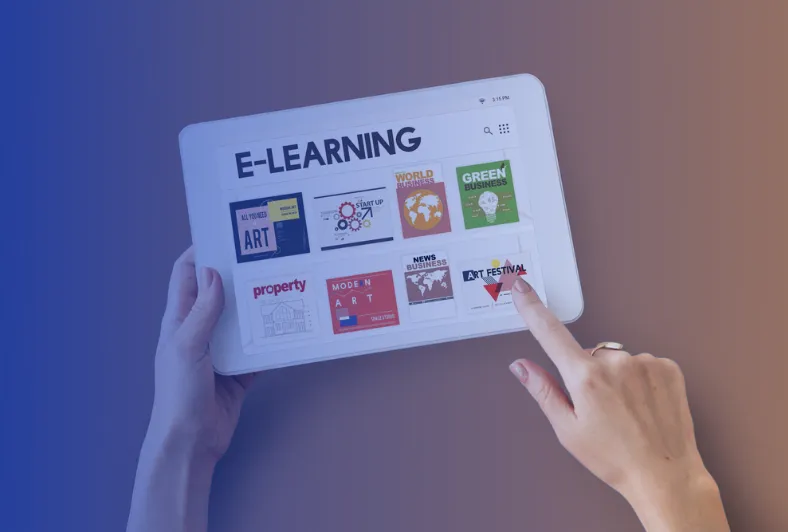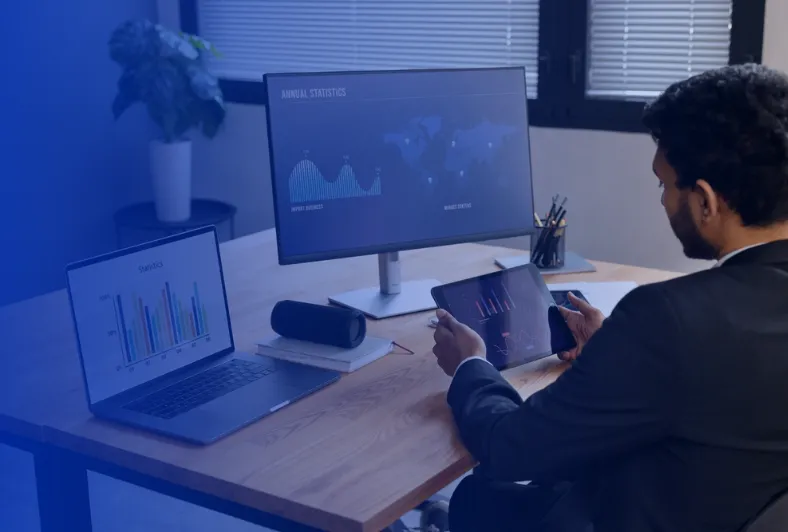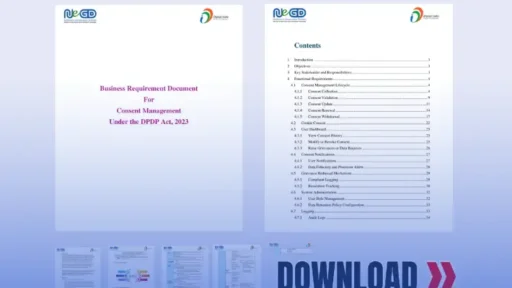You look at your mobile, laptop, smartwatch, machines, and hardware devices, all connected to the internet, with data flowing like an invisible current. This current powers businesses, services, and innovation. Yet, amidst this vast exchange of information, a fundamental question arises: Do individuals truly control their personal data?
The Digital Personal Data Protection Act (DPDPA) is a law designed to protect personal data in a world dominated by digital interactions. Unlike other global regulations, DPDPA introduces a groundbreaking concept called “machine-readable consent” as the foundation of the data economy. But how does this differ from regulations like the European Union’s General Data Protection Regulation (GDPR) or the California Consumer Privacy Act (CCPA)?
To understand the uniqueness of DPDPA, let’s step into the shoes of Rohan, a tech-savvy entrepreneur who recently launched a fintech startup. Rohan understands the importance of consent management and has studied the GDPR, which requires clear and accessible records of user consent but does not explicitly mandate machine-readable formats. Over time, structured and verifiable consent documentation has evolved in the European regulatory space, allowing companies to demonstrate compliance effectively.
In California, the CCPA requires businesses to document explicit consent, particularly for minors and sensitive data. It’s a critical step, but the law doesn’t focus on automating how consent is structured.
One day, Rohan comes across India’s DPDPA and its Draft Rules. As he explores the Draft Rules PART B, Obligations of Consent Manager Section 4(b), he is intrigued by the mention of “machine-readable consent.” The rule emphasizes its role in helping data principals (individuals) manage their choices effectively. Rohan quickly realizes that this is not just about compliance; it’s about the future.
What Are Machine-Readable Consent Artifacts?
A machine-readable consent artifact is a digital record that clearly shows what a person has agreed to. Unlike written agreements, which humans must read, these artifacts come in structured formats like JSON or XML. Computers, machines, and hardware devices can automatically read and enforce them.
Example
We’ve all received unsolicited emails and calls, so let’s imagine this scenario: You visit a fintech website and provide your email for a free credit check. Before collecting your email, mobile number, and PAN data, the website asks if it can send you promotional calls. Instead of just checking a box, the system creates a digital consent artifact that includes:
- Purpose: Promotional Call for Loan
- Scope: Email & Mobile Number
- Timestamp: The date, time you agreed, and the consent period
- Granularity: You agree to calls for personal loans
This means that data fiduciaries and their data processor partners can contact you only based on your explicit consent. If you unsubscribe, the system updates automatically, ensuring unwanted calls stop. This is particularly important today, as data processors often lack control over consent verification. Currently, there is no mechanism for automated IVR calling systems to verify whether a customer has given consent. Instead, they simply process lists provided by data fiduciaries without performing any compliance checks.
Why Machine-Readable Consent Works Better
Why Machine-Readable Consent Works Better
- Clear and Precise Compliance: Machine-readable consent records eliminate confusion. They store details in a structured format, making it easy to verify whether a company is adhering to the law.
- Automatic Consent Enforcement: These artifacts integrate with software systems to automatically allow or block data usage. For example, a marketing system can be programmed to stop using an email address when consent is revoked, and a banking app can prevent third-party data sharing if the customer hasn’t granted permission.
- Easy Audits and Proof of Compliance: The DPDPA requires companies to prove they have valid consent in case of grievances or audits. Keeping a tamper-proof history of when consent was given, updated, or revoked is essential. Using standard formats enables auditors to quickly verify compliance. Additionally, the Data Board’s digital office can automatically address escalated grievances, providing fast resolutions across industries.
- More Control for Users: Individuals have the right to access, modify, and withdraw their consent. For example, a user can log into the privacy dashboard of a fintech website or visit the consent manager to see which companies have access to their data. They can revoke access with a single click. Another example is portability—if a person switches telecom providers, they can easily transfer their consent records without starting over.
- Handles Large-Scale Data Efficiently: With more people coming online, managing consent manually becomes unmanageable. For instance, an IoT device like a smart fridge collects data on energy usage. Machine-readable consent ensures only the necessary data is shared with the manufacturer.
Rohan imagines a future where AI-driven systems seamlessly process consent. In this emerging world of automation and self-governing digital entities, structured, machine-readable consent is essential. In this framework, data protection goes beyond compliance; it becomes an integral part of a dynamic, transparent system that fosters trust.
As Rohan integrates machine-readable consent into his fintech platform, he envisions a future where data privacy isn’t an afterthought but a fundamental component of digital ecosystems. He sees India’s approach to machine-readable consent as pioneering—it doesn’t just align with global standards; it sets the foundation for the next generation of data governance in an AI-driven world.
With this new perspective, Rohan begins his journey to not only build a business but also lead a movement toward a future where individuals truly control their data. Trust in the digital world is not just about laws and regulations—it’s about empowering people, one consent at a time.
The EU’s GDPR already incorporates machine-readable consent through the Consent Receipt Specification. India can enhance these ideas while tailoring them to local needs. As new AI and digital privacy regulations emerge, machine-readable consent will be crucial for maintaining compliance.
Machine-readable consent artifacts are more than just a tech upgrade—they are essential. They help businesses comply with the DPDPA, protect user privacy, and foster trust. As India’s digital economy expands, adopting these systems will ensure companies remain ahead while respecting user rights.
Take Action Today with Concur – Consent Manager
Concur – Consent Manager makes it easy to manage consent in real-time, helping you stay compliant with privacy laws (DPDPA). Build trust with your users while keeping their data safe and transparent.








